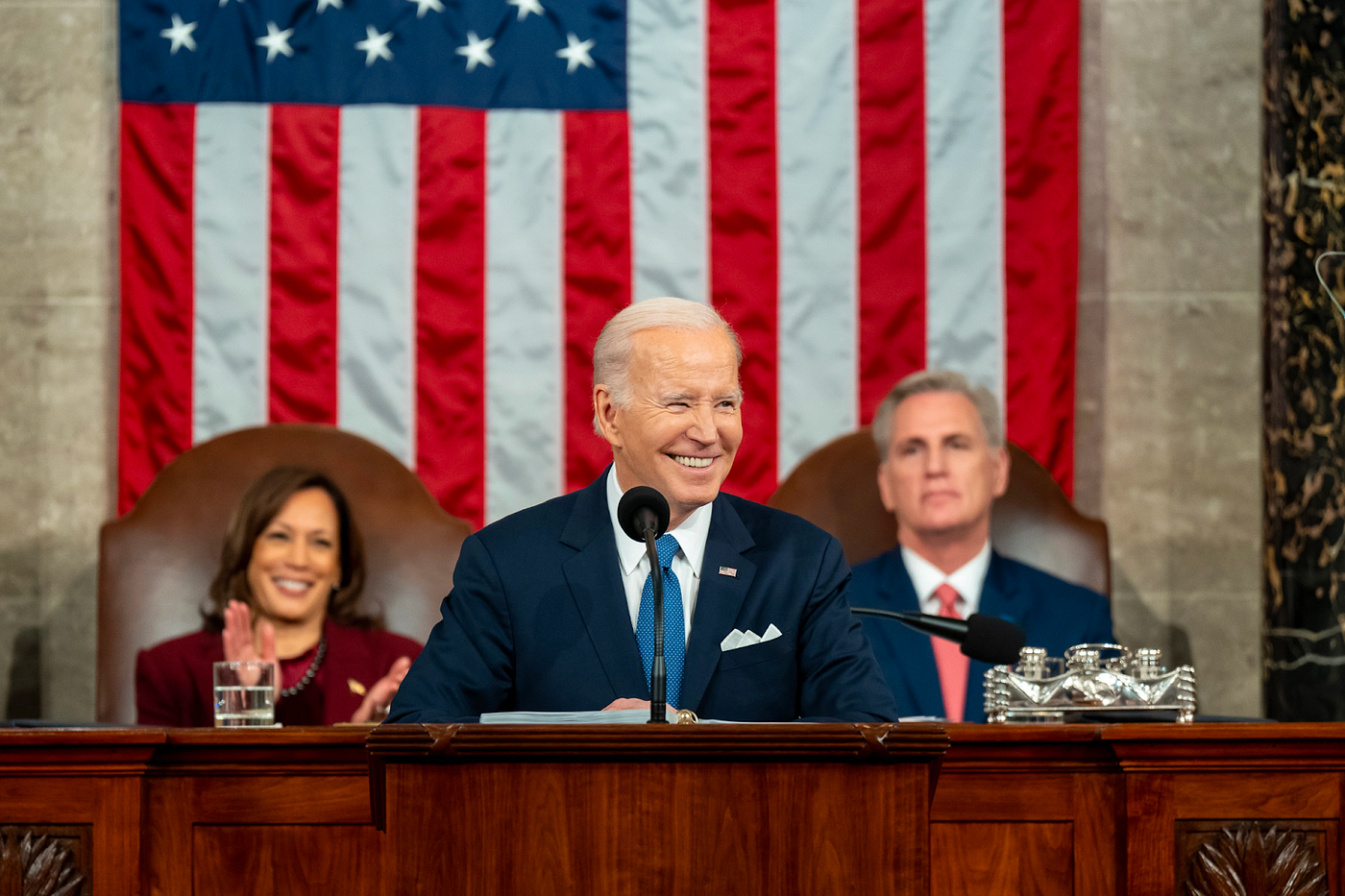Restoration of the American Rescue Plan Act's expanded Child Tax Credit
PolicyEngine computes how the 2021 policy would affect Americans and America in 2023.

Contents
What is the Child Tax Credit?
How did the American Rescue Plan Act expand the Child Tax Credit?
How would restoring the ARPA CTC expansion affect households?
How would restoring the ARPA CTC expansion affect the US?
In
restore the full Child Tax Credit, which gave tens of millions of parents some breathing room and cut child poverty in half, to the lowest level in history.
Biden may have been referring to the Child Tax Credit (CTC) expansion under the American Rescue Plan Act of 2021 (ARPA), which expanded the CTC in several ways. Following our
What is the Child Tax Credit?#
President Bill Clinton introduced the Child Tax Credit in 1997, and the Tax Cuts and Jobs Act of 2017 expanded it to create its current structure. For instance, in 2023, a married filer with one five-year-old child receives the following benefit from the CTC based on their earnings (

As we explain in our
How did the American Rescue Plan Act expand the Child Tax Credit?#
For the 2021 tax year only, the American Rescue Plan Act made four major changes to the CTC:
-
Extended eligibility to 17-year-olds
-
Raised the maximum amount from $2,000 per child to $3,600 for children under age 6 and $3,000 for children aged 6 to 17; this bonus phases out for parents with income exceeding $75,000 (single) or $150,000 (married)
-
Made the credit fully refundable
-
Prepaid half the expected 2021 credit on a monthly basis, beginning in July 2021
This video shows how to model these changes in PolicyEngine. To see the results, skip to the next section, where the links reflect the pre-built policy.
How would restoring the ARPA CTC expansion affect households?#


You can estimate how reinstating the ARPA CTC expansion would affect your own household by
How would restoring the ARPA CTC expansion affect the US?#
We estimate that
While the ARPA CTC expansion provides greater benefits to low-income families than higher-income families, it

As a percentage of net income, however, restoring the ARPA CTC would strictly

Restoring the ARPA CTC would

In the State of the Union, President Biden said that the “full Child Tax Credit…cut child poverty in half”. He may have been referring to the full ARPA, which also included a round of relief checks, enhancements to the Supplemental Nutrition Assistance Program, and other reforms. The Columbia Center on Poverty and Social Policy estimated that
Halving child poverty with the ARPA CTC structure would require a

Under the ARPA CTC expansion, deep poverty — the population share below half their Supplemental Poverty Measure threshold — would

Restoring the ARPA CTC would

By increasing marginal tax rates among low-income households most likely to experience

Were the US to restore the American Rescue Plan’s expanded Child Tax Credit, two in five Americans would benefit, poverty would fall 9%, and a broad measure of inequality would fall 2%. PolicyEngine also computes impacts for any state; for example, the ARPA CTC would
With PolicyEngine, you can model highly customizable reforms to the Child Tax Credit and other programs — not only those enacted in the past like the American Rescue Plan Act. Try your own policy model at

max ghenis
PolicyEngine's Co-founder and CEO

Subscribe to PolicyEngine
Get the latests posts delivered right to your inbox.
© 2025 PolicyEngine. All rights reserved.